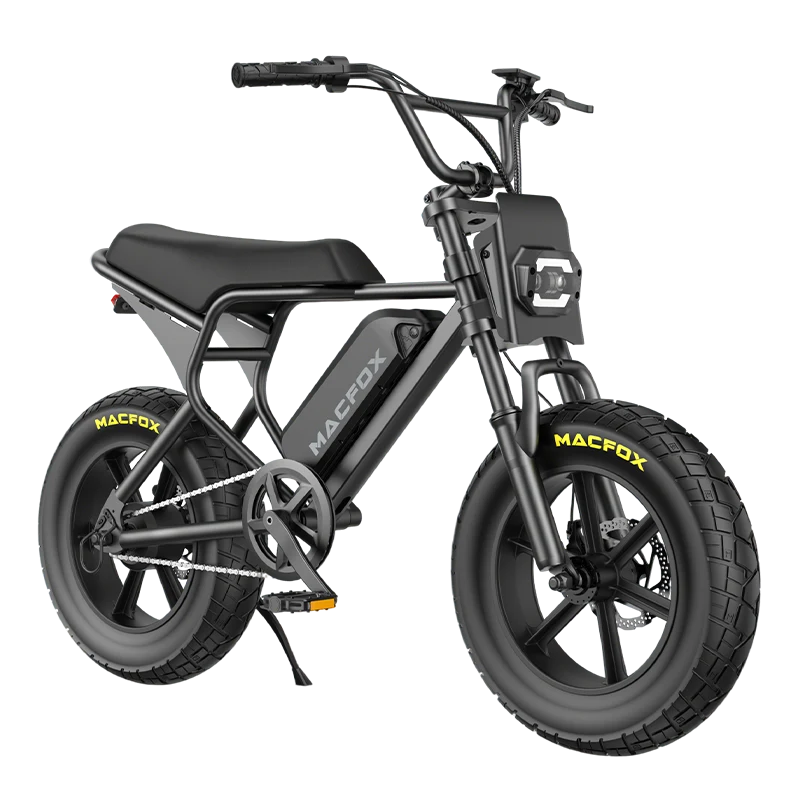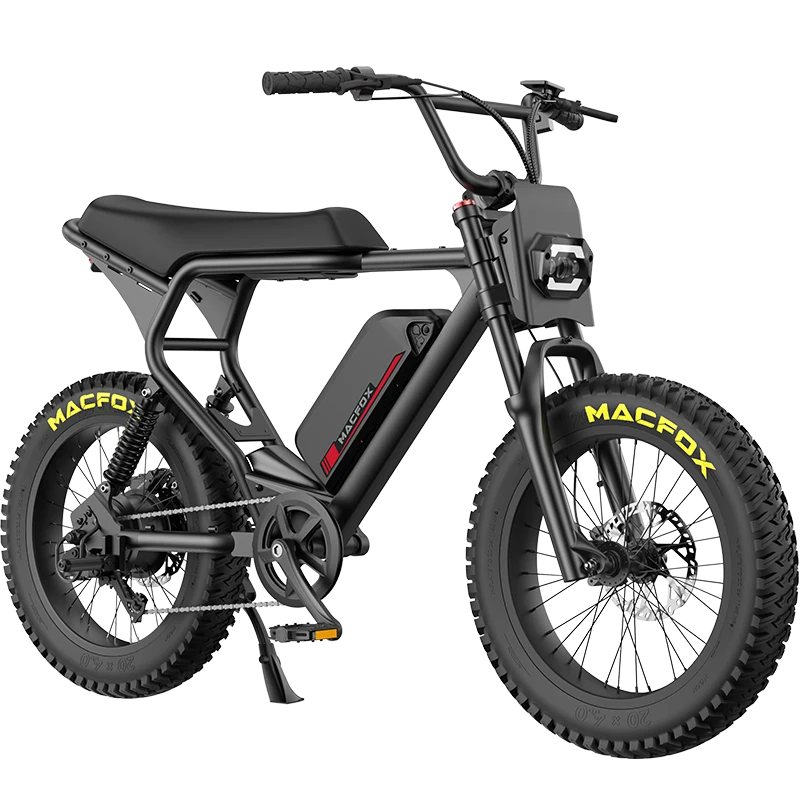The art of performing a wheelie on an ebike is an exhilarating blend of skill, balance, and understanding the unique dynamics of motor-assisted bicycles. Unlike traditional bikes, ebikes offer additional power, which can either aid or challenge the rider in this adventurous endeavor. This guide aims to demystify the process, offering both beginners and seasoned riders a detailed roadmap to mastering the wheelie on an ebike. From the fundamental concepts to advanced techniques, we cover all aspects to ensure your journey is not just about performing a trick, but about embracing a fuller, more exciting biking experience.
Understanding the Basics of Ebike Wheelies
The foundation of performing a wheelie on an ebike lies in understanding its basic mechanics. A wheelie is essentially balancing the bike on its rear wheel while continuing to pedal, a task that requires a harmonious blend of timing, balance, and power control. However, the added element of an ebike's motor changes the dynamics. The motor's response to pedaling, the weight distribution of the bike, and the overall design of the ebike play crucial roles in how one approaches a wheelie. This section delves into these nuances, offering a clear understanding of what sets apart wheelie-ing on an ebike from a conventional bike.
Choosing the Right Ebike for Wheelies
The choice of ebike significantly influences your ability to perform and enjoy wheelies. Not all ebikes are conducive to this trick due to variations in design, weight, and power delivery. This segment focuses on identifying the ideal characteristics of an ebike suitable for wheelies. We discuss aspects like frame strength, brake responsiveness, motor type, and overall bike ergonomics. By understanding these factors, riders can make informed decisions when selecting an Electric Wheelie Bike for not just everyday use, but also for the thrill of performing wheelies.
One exemplary model that fits the criteria for an ideal wheelie ebike is the Macfox X2 off road electric bike. Equipped with a robust 750W (peak 1000W) geared hub motor, this bike offers the perfect blend of power and control needed for wheelies. The motor's peak output is particularly beneficial for initiating and maintaining a wheelie, providing that extra push when needed.
Moreover, the Macfox X2 is designed with both front and rear hydraulic disc brakes, offering superior stopping power and control. This feature is crucial when performing wheelies, as precise brake control is essential for maintaining balance and preventing falls.
The bike's fully adjustable dual suspension system is another standout feature. This system allows riders to fine-tune the bike's response to different terrains and conditions, which is invaluable when performing wheelies on varying surfaces. Whether you're on a smooth park path or an uneven off-road trail, the suspension ensures a stable and responsive ride.
Lastly, the all-terrain fat tires of the Macfox X2 provide excellent traction and stability, which are vital for wheelie maneuvers. These tires ensure a firm grip on the ground, allowing for more controlled and prolonged wheelies, even on challenging terrains.
Step-by-Step Guide to Doing a Wheelie on an Ebike
Start with Safety: Always wear a helmet and appropriate safety gear. Ensure your ebike is in good condition, with special attention to the brakes and tire pressure.
-
Find the Perfect Location: Choose a flat or slightly uphill terrain with minimal traffic and distractions.
-
Positioning and Balance: Sit comfortably, with your weight slightly towards the rear. Keep your eyes forward and focus on a fixed point in the distance.
-
Pedal and Lift: Start pedaling to gain some momentum. As you pedal, gently pull the handlebars towards you while pushing down on the pedals. The key is to find the sweet spot where your bike lifts into a wheelie without tipping over.
-
Maintaining the Wheelie: Use your rear brake to control balance. Feathering the brake can help you stay upright. Keep pedaling at a consistent pace to maintain momentum.
-
Practice Makes Perfect: Like any skill, practice is essential. Start with short wheelies and gradually increase the duration as you become more comfortable.
Related Reading: Top 5 Essential E-Bike Accessories
Advanced Techniques and Tips
Once the basics are comfortably in hand, the next stage is to explore advanced wheelie techniques. This section is dedicated to riders looking to push their limits. We discuss how to adjust your wheelie for different speeds, how to extend the duration of your wheelie, and techniques for maneuvering over obstacles. This part of the guide emphasizes the importance of precision in balance and power control, offering insights into how to refine these skills for more complex wheelie maneuvers.
Common Mistakes and How to Avoid Them
-
Over-leaning: Leaning too far back can cause you to fall. Always be ready to tap the brake.
-
Insufficient Lift: Not pulling up enough can make it hard to initiate the wheelie. Practice the initial lift-off until it feels natural.
-
Ignoring the Rear Brake: The rear brake is your primary tool for balance. Neglecting it can lead to loss of control.
Safety First: Wheelie-ing Responsibly
The final section reiterates the importance of safety and responsible riding. Performing wheelies is undoubtedly thrilling, but it should never compromise personal safety or that of others. We discuss the best practices for safe wheelie-ing, including being mindful of your surroundings, understanding your limits, and the significance of practicing in a controlled environment.
Conclusion
Concluding the guide, we reflect on how mastering the wheelie on an ebike is more than just learning a trick; it's about enhancing your overall riding experience. It's a journey that not only boosts your skills but also deepens your connection with your ebike. With dedication, patience, and the right approach, the art of the ebike wheelie can become an integral and exhilarating part of your biking adventures.
FAQs
Q1: How to do a wheelie on a bike for beginners?
Begin by understanding the balance and practicing in a safe, controlled environment. Gradually work on lifting the front wheel and maintaining the wheelie.
Q2: Can you wheelie on a hub motor?
Yes, performing a wheelie on an ebike with a hub motor is possible, but it requires skill and practice due to the different weight distribution.
Q3: How do you pop a wheelie on a BMX bike?
Similar to an ebike, it involves balancing on the rear wheel while pedaling, using a combination of lifting the handlebars and pedaling force.


















